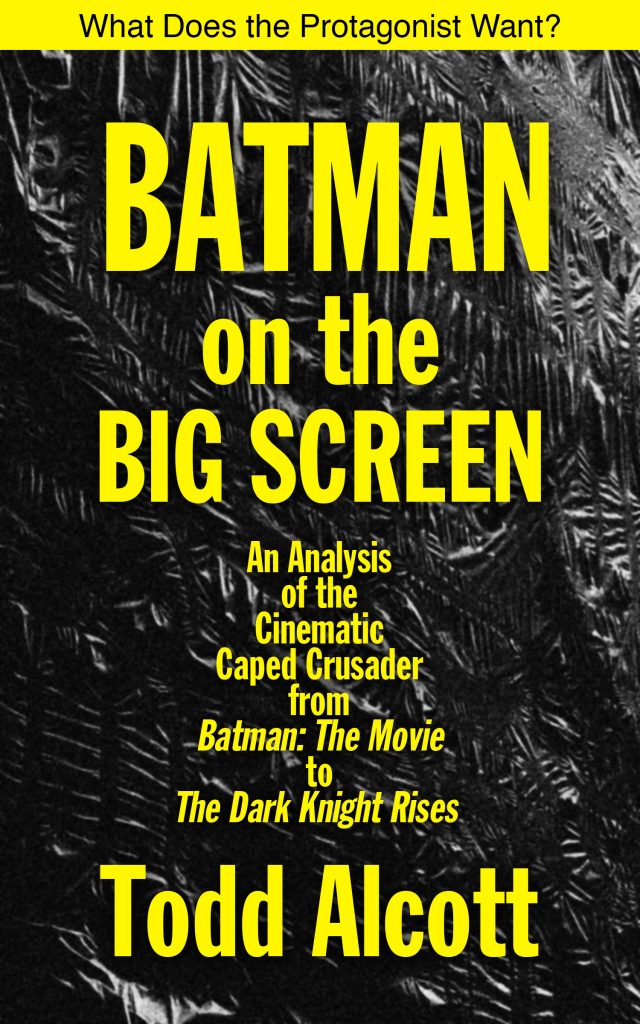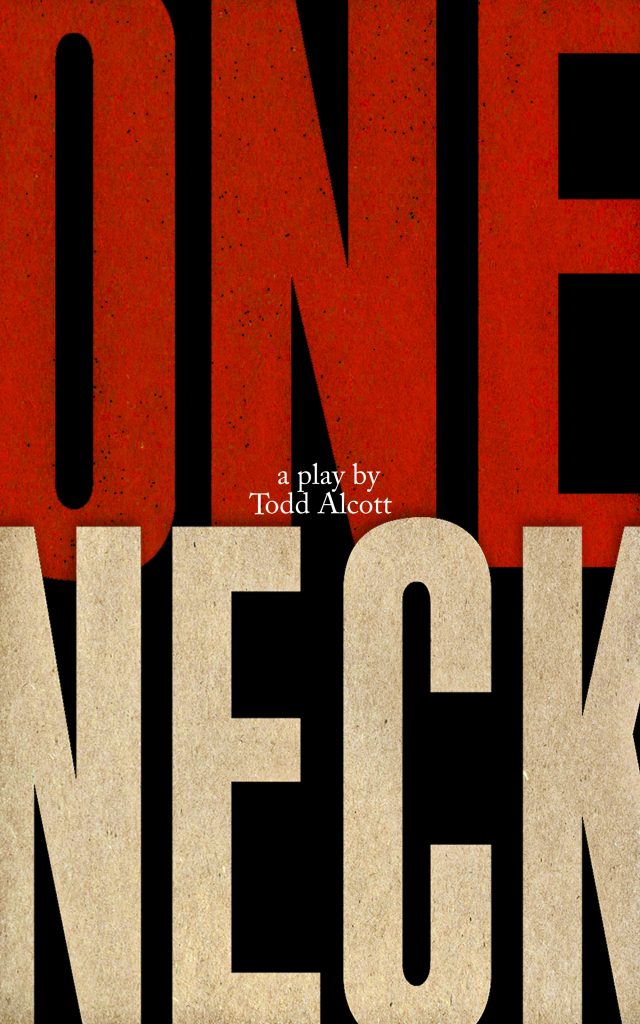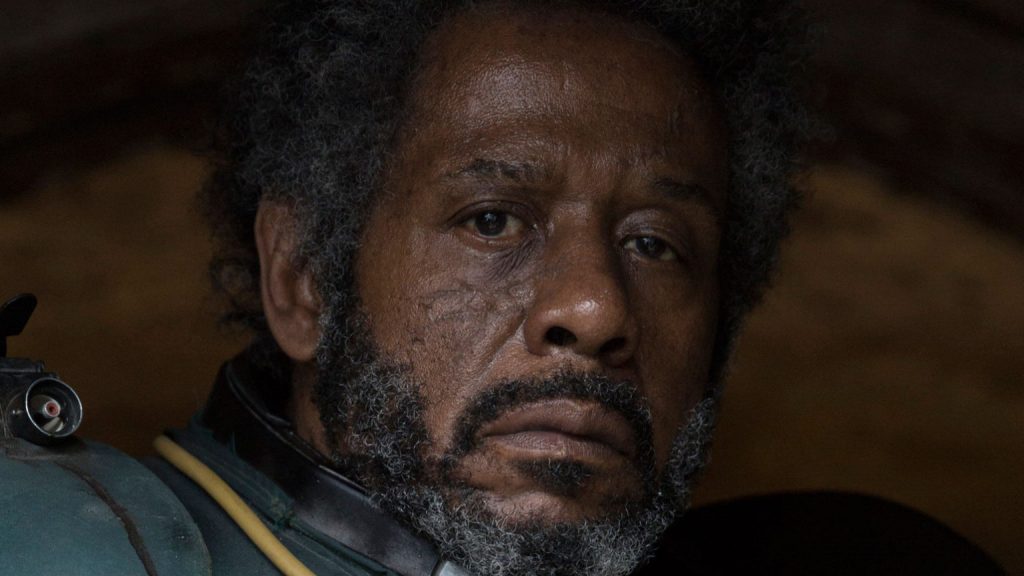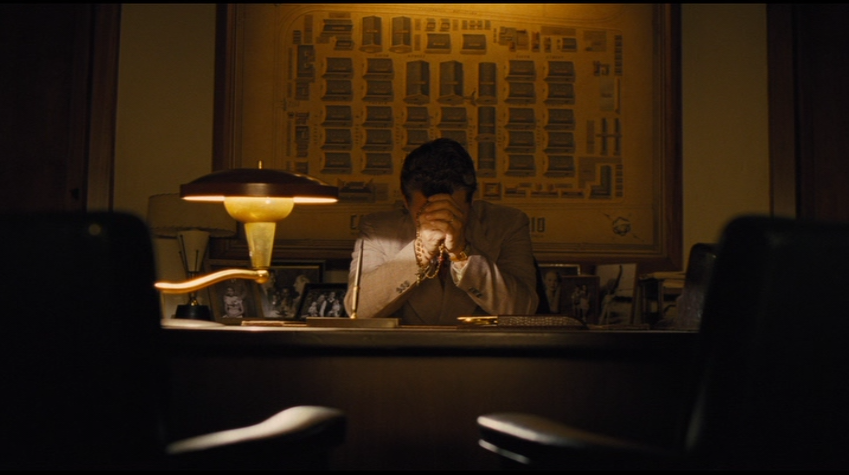Settling the Score podcast
You know what you should do? You should listen to Settling the Score, a new podcast where Jonathan Dinerstein and Andy Boroson.
Each podcast they discuss a different film score. Currently they’re counting down the sometimes-baffling AFI list of “top 25 scores of all time.” (How the West Was Won? On Golden Pond?) Today it’s Miklos Rozsa’s titanic score for the titanic Ben-Hur. Jon and Andy know what they’re talking about and the podcast is great entertainment whether you’re a film-score geek or not. If you like what I do here with screenplays, you’ll like what they do there with film scores.
It’s available here, or at your favorite podcast sites.
Coen Bros: Five Films
Now available at Amazon, for your reading pleasure, my analysis of No Country For Old Men, A Serious Man, True Grit, Inside Llewyn Davis and Hail, Caesar! Certainly five of the greatest movies released in the past decade. Endlessly watchable, endlessly rewarding of examination. Analytical readings of analytical screenplays from analytical writers. I especially recommend this volume for people who don’t “get” A Serious Man, Inside Llewyn Davis and Hail, Caesar!.
Batman on the Big Screen

Batman on the Big Screen, a volume collecting everything I’ve written about the Caped Crusader, is now for sale at Amazon. It’s the first in what will be a long line of volumes under the What Does The Protagonist Want? banner. Having just finished editing it, I can tell you, it’s still highly addictive reading!
Mindhunter vs One Neck
Watching the new Netflix show Mindhunter, I am reminded how the concept of “serial murder” was brand spanking new when I was a teenager, that killers like Ted Bundy, John Wayne Gacy, Jeffrey Dahmer and the rest were a terrifying new phenomenon to law-enforcement agencies, who had no vocabulary or protocol to deal with them. A novel like The Silence of the Lambs was capturing events that were still in the headlines, the FBI’s Behavioral Science Unit being a weird experimental new idea in an FBI where Dillinger-hunter J. Edgar Hoover’s death was still a fresh memory. Suddenly the FBI went from gangbusting to psychology, which required men like the protagonists of Mindhunter to travel around interviewing serial killers, to try to understand how their crimes were possible.
When I sat down to write the play One Neck, I read a whole stack of books on serial murder, and none — not one — came close to a clear explanation for their subject matter. For a researcher, the quest to understand involves trying to get inside the mind of a sociopath, which puts one in a very strange, very dangerous mental place (which the show Mindhunter explores to an extent). I can still remember trying to capture the voice of “my” killer, Lucian, writing for months in my room in Brooklyn, and how, in order to achieve his voice, I had to abandon every scrap of what I knew about morality. I would spend nights writing, hunched over my Royal portable typewriter, and then venture out in the morning to go to work and the world would seem like a very strange place.
That was just from reading those books and struggling to write that character, I can’t imagine what it was like for the FBI agents and psychologists who were actually in the room with those murderers.
There has been exactly one good movie about serial murder, one that captures what it’s like to struggle with a mind like that, and that’s David Fincher’s Zodiac (Fincher is a producer on Mindhunter, and directed the first two episodes). There is one great play about it, and that’s Lee Blessing’s Down the Road, which is about a “true-crime” writing couple who decide to take on the job of interviewing a serial killer for a book and how those interviews destroy their marriage. When I saw a reading of Down the Road in the early 90s, I said “That’s it. That’s what it’s like.”
My play One Neck isn’t about about that obsession or the (thankfully temporary) damage it did to my psyche. Rather it’s about what happens when a piece of chaos crashes a dinner party in Long Island, a party starring the peak of western civilization: a scientist, a stock broker, a TV news producer, a painter and a lawyer. While it’s almost been a movie a number of times, the play is deliberately anti-dramatic. The first act is a comedy of manners, the second act is pure existential horror. (As I liked to say in rehearsals, the first act is The Man Who Came to Dinner, the second act is Endgame). The narrative invites the audience in the same way the killer does, by being funny, weird, honest and discomforting. Then, when it’s got your interest piqued, it goes in for the kill.
I’m also a playwright!
Hey folks, sorry I haven’t been analyzing screenplays as often as I’d like, I’ve been busy!
One of the things I’ve been doing is figuring out how to publish my plays through Amazon. I’ve finally succeeded, and here they are. If you buy one and enjoy it, leave me a good review, I would very much appreciate it.
some thoughts on Rogue One: The Gang
The question that Rogue One poses is “What does it mean to rebel?” Why rebel against authority? Should one rebel against all authority? What does rebellion do to one’s soul? What does conformity do to one’s soul? Why rebel when rebellion will lead to the deaths of millions, and maybe the death of you? Star Wars movies, up ’til now, have always explored the question of Empire vs Rebellion in stark black-and-white terms, but Rogue One dices up those terms, folds them over and then dices them up again before arriving at a conclusion.
some thoughts on Rogue One: Director Krennic
Before we discuss Director Krennic, let’s take a look back at the previous “bad guys” from the Star Wars universe:
First and foremost there is Darth Vader. Darth Vader starts off as “evil” in Episode IV, develops into “evil, but subservient to a greater evil” in Episode V, and, finally, “evil, but conflicted, and eventually redeemed” in Episode VI. Vader’s Terminator-like consistency was part of his appeal, it was what made him terrifying. He wore a mask, you couldn’t know what he was thinking, he destroyed anything that got in his way.
Then there is Emperor Palpatine. Emperor Palpatine is an uncomplicated climber, a man whose pursuit of power didn’t corrupt him at all, because he was evil to begin with. He started out a villainous creep and ended up as, apparently, all Sith Lords end up: killed by his own apprentice.
Then there are garden-variety bad guys like Grand Moff Tarkin, Jabba the Hutt, General Grievous and Nute Gunray, who range from sniveling pawns to grotesque monsters.
What all of them have in common is “they are bad.” In story meetings, when the producer asks “What is the antagonist’s motive?” the poor screenwriter says “He does bad things because he is bad.” That, of course, is how you know you’re writing a melodrama.
(The word “melodrama,” for non-theater-nerds, comes from the theater of early America, where people of many different linguistic backgrounds would all go to the theater to enjoy a play. Because not everyone spoke the language being used on stage, the band in the pit would cue the audience as to how to feel about different characters. A “sweet” character would be given a sweet melody, a “sinister” character would be given a sinister melody, a hero would be given a heroic melody, and so forth. Hence, “melodrama,” a dramatic form where the audience is heavily cued as to the “good and bad” of the narrative. John Williams’s music for the earlier movies used all these tricks to good effect: Luke got a yearning theme, Leia got a gentle theme, Darth Vader got an imperial march.)
The problem with this approach, of course, is that no bad guy ever thinks of himself as “the bad guy.” As Jean Renoir said, “everyone has their reasons.”
Things have improved with the re-launch of the brand and Episode VII. Kylo Ren is a genuine freak, a perverse, warped individual who is compelled to do bad things even when he doesn’t want to, who wears a mask when he doesn’t need to, who reacts with fear and confusion when his worldview is challenged.
And now we have Director Krennic, the most finely-drawn, complex villain we’ve seen yet.
some thoughts on Rogue One: Galen Erso
Of all the characters in Rogue One, Galen Erso has the most complicated motivations, which I will discuss inside.
some thoughts on Rogue One
Another Star Wars movie is released, and so the time has come for all denizens of the internet to remind the world that they would make a better Star Wars movie than anyone in Hollywood. I’ve been told that Rogue One is both too radical a departure and more of the same, that it’s both too grim and too superfluous, that its plot is both too complicated and too simple, that the story is both too esoteric and too obvious. These are the kinds of complaints that, to my mind, can only be the product of expectations. If one goes into a movie with a set of expectations and those expectations are unfulfilled, sometimes one’s response is to spend the running time looking for the movie expected instead of watching the one being screened.
But of all the complaints directed at Rogue One, the oddest one I’ve found is “the characters are thin.” This is absurd, since the characters in Rogue One are, by a long stretch, the most complex ever presented in a Star Wars movie. Generally speaking, the characters in a typical Star Wars movie are “one thing.” Obi-Wan Kenobi is “wise,” Luke Skywalker is “idealistic,” Leia is “spunky,” C-3PO is “fussy.” In 1977, Han Solo emerged as the breakout character of the series because he’s the only one who changes: he starts out as a murderous mercenary and slowly turns into a radicalized rebel. Darth Vader only becomes interesting as a character when we see him, in the original trilogy, go from being “pure evil” to being an individual caught between conflicting emotional impulses. The prequel trilogy squanders the opportunity to make Vader’s character more interesting by placing him on a straight road from “jerky kid” to “jerky teenager” to “jerky adult” before arriving finally at “victim.” The prequels are boring not because they lack plot but because Anakin Skywalker never changes. The key moment of his character arrives at the end of Episode III, when the Darth Vader mask is lowered onto his face, sealing his identity, and his destiny.
Speaking of masks and identity, the characters of Rogue One stand out in the Star Wars universe because, unlike most others, they are one thing, but they yearn to be another thing, while circumstances insist on them being a third thing. Identity is a strong theme running through Rogue One, identity and how it functions in society. One presumably knows who oneself is, but society often demands that one pretend to be someone one is not, to play a role. This happens to everyone to one extent or another, because social order otherwise disintegrates. Like Darth Vader, we all must wear masks as we play the roles of student, of employee, of spouse, of parent, of citizen. The conflicts in Rogue One emerge when characters get tired of playing their assigned roles, when they insist on expressing themselves, revealing who they “really are.”
As discussion of the Rogue One characters necessarily involves spoilers, be warned!
Hail, Caesar! part 8
As Hail, Caesar! hurtles toward its climax, perhaps it’s worth taking a pause to note that this movie, which informs us that Hollywood lies, itself lies about the historical Hollywood.
Eddie Mannix, the reader may be surprised to learn, was a real person, who was the general manager of MGM under the real-life Nicholas Schenck. Mannix did “fix” a lot of MGM’s problems, from getting Clark Gable out of a hit-and-run accident to down-playing Garbo’s lesbianism. The real-life Mannix was also considerably older than Hail, Caesar!‘s, and was dead by 1963. While he was Catholic, there is no indication whatsoever that he was the quiet, soul-searching family man presented here.
While I’ve been saying that Hail, Caesar! takes place in 1951, there isn’t a date presented anywhere in the movie. The official plot description says it takes place in “the early 1950s.” I landed on 1951 primarily because that’s the latest date it’s conceivable to me that a group of communist writers would think up a plot as cockamamie as “kidnapping a movie star.” Baird Whitlock, meanwhile, is starring in a movie clearly modeled on Ben-Hur, which was not released until 1959. 1949’s Samson and Delilah started the “Technicolor Biblical Epic” craze of the 1950s, and Hail, Caesar! ATOTC seems to be a mashup of Ben-Hur and 1951’s Quo Vadis.
So, if 1951 is our benchmark, then Burt Gurney, who is clearly inspired by Gene Kelly, is making a service comedy-musical closely modeled on On the Town (1949). Kelly’s 1951 picture was An American in Paris. DeeAnna Moran, meanwhile, is obviously modeled on Esther Williams, who, like DeeAnna, had a complicated romantic life and made an “aquatic picture” titled Neptune’s Daughter in 1949 and Million Dollar Mermaid in 1952, not to mention Jupiter’s Daughter in 1955 and Athena in 1954.
But, as noted earlier, a 20-something singing cowboy would be seem very old-hat to 1951 audiences, so Hobie Doyle is a puzzling anachronism. Even more so, his date at the Lazy Ol’ Moon premiere, Carlotta Valdez, is clearly modeled on Carmen Miranda, who was 41 years old in 1951, long past her peak and four years away from her untimely death. It seems that Hobie and Carlotta belong to a decade of movies set at least a decade earlier than Whitlock and Gurney. It’s as though Eddie Mannix’s entire career is being packed into one night.














